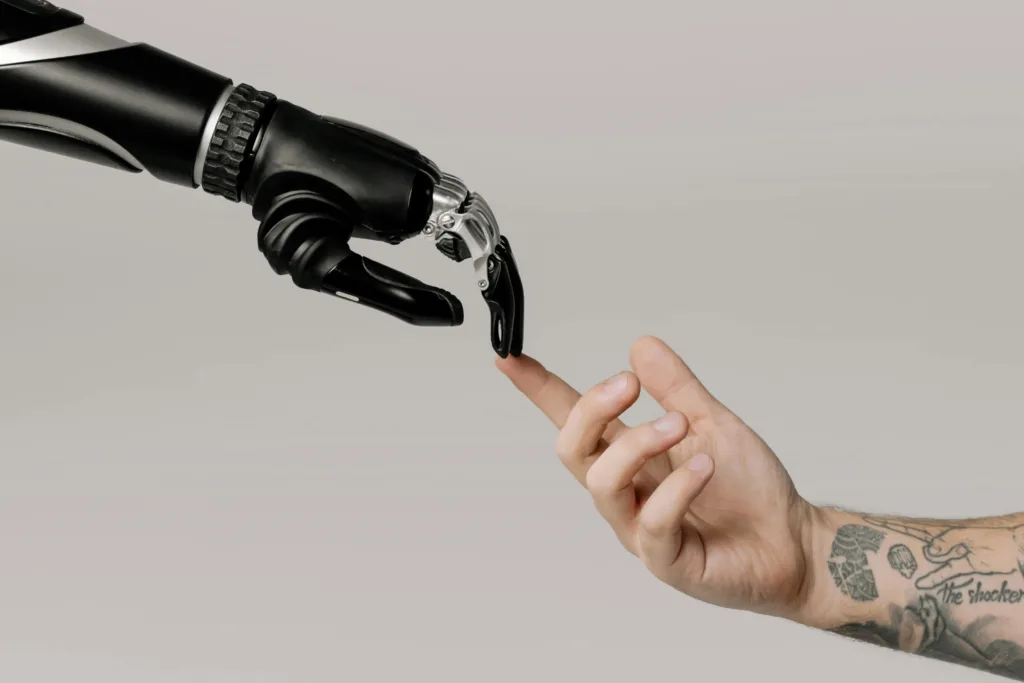
Over the past decade, the term Web3 has emerged as a buzzword promising to redefine the internet as we know it—ushering in a decentralized, user-owned digital ecosystem powered by blockchain technology. Web3, often seen as the next phase of the internet following Web1 (static websites) and Web2 (interactive and social web), introduces a vision where individuals control their own data, transactions are transparent, and intermediaries are minimized or eliminated altogether.
But in the wake of high-profile crypto market crashes, NFT hype cycles, and growing regulatory scrutiny, many are now asking: is blockchain technology still relevant for everyday, mainstream users? Or is Web3 destined to remain a niche domain for developers and crypto enthusiasts?
Let’s take a closer look at the current state of Web3, its practical applications, challenges, and whether it still holds promise for the average internet user.
What is Web3?
At its core, Web3 refers to an internet ecosystem built on decentralized blockchain infrastructure. Unlike Web2, where large corporations (like Google, Meta, and Amazon) dominate and monetize user data, Web3 aims to return ownership and control to the users themselves.
According to the Ethereum Foundation, Web3 utilizes key technologies such as smart contracts, decentralized applications (dApps), and crypto wallets to enable user sovereignty and trustless interactions. Users can directly control their assets, identities, and data without relying on third parties.
Real-World Applications of Web3
Despite volatility in the crypto space, there are several areas where Web3 is already making a tangible impact:
1. Decentralized Finance (DeFi)
DeFi platforms allow users to lend, borrow, trade, and earn interest without banks. Apps like Aave, Uniswap, and Compound show how financial services can be reimagined through smart contracts. The World Economic Forum notes that DeFi has become one of the fastest-growing sectors in Web3, with billions in assets managed on decentralized platforms.
2. Digital Identity and Ownership
Web3 enables users to own their data and digital assets. With wallets functioning as digital IDs, users can carry credentials across platforms. Projects like Ethereum Name Service (ENS) and Lens Protocol exemplify decentralized identity in action.
3. Creator Economy and Royalties
Artists and musicians are using blockchain to monetize directly. Platforms like Zora and Sound.xyz let creators sell their work as NFTs and earn automatic royalties—something traditional platforms don’t support.
4. Gaming and the Metaverse
Web3 games like Axie Infinity and Decentraland introduce economic incentives into virtual worlds. While still early, the potential for user-owned economies and metaverse experiences is gaining attention. Harvard Business Review outlines how Web3 is even redefining digital labor and value creation.
5. Supply Chain Transparency
Blockchain’s ability to verify and timestamp data makes it useful for tracking goods. Companies like IBM have deployed blockchain systems to improve transparency and traceability across global supply chains.
Challenges and Limitations
Despite these promising use cases, Web3 still faces substantial hurdles:
1. Usability and UX
Blockchain apps often have steep learning curves. Wallet setup, private key storage, and gas fees are major obstacles for new users.
2. Scalability and Speed
Legacy networks like Ethereum have struggled with congestion and high costs. However, Ethereum’s shift to Proof-of-Stake (PoS) in “The Merge” has significantly improved energy efficiency and paved the way for future scalability, as reported by MIT Technology Review.
3. Security Concerns
Rug pulls, phishing attacks, and smart contract exploits remain prevalent. While some of this is due to user error, many platforms still lack robust safeguards for mainstream audiences.
4. Regulatory Uncertainty
From the SEC’s actions on crypto to Europe’s MiCA legislation, regulation remains inconsistent and evolving. A Brookings Institution report outlines how clearer policy frameworks are essential for consumer protection and innovation.
5. Environmental Impact
Although Ethereum’s move to PoS has cut its energy usage by over 99%, blockchain sustainability remains a concern. Projects are exploring alternatives, such as layer 2 networks and green chains like Algorand, to address this.
Is Blockchain Still Relevant for Mainstream Users?
Yes—but not in the way it was once hyped. Blockchain tech is quietly maturing, moving from speculative buzzwords to foundational infrastructure in areas like finance, identity, and content creation. The average user might not need to understand blockchain to benefit from it—just as most people use the internet without understanding how HTTP works.
Think of blockchain like the engine in a car—you don’t need to know how it works to drive. As Web3 infrastructure becomes more user-friendly and embedded in daily applications, users may interact with blockchain tech without realizing it.
Initiatives like Brave Browser—which rewards users with crypto for viewing ads—or Starbucks’ blockchain-based loyalty program show how Web3 concepts are being integrated into everyday life.
What Needs to Happen Next
To make Web3 truly accessible and appealing to the mainstream, several key developments are needed:
- Simplified UX: Wallets and apps must be easy to use and understand.
- Scalability: Faster, cheaper blockchain solutions like Layer 2s and sidechains must become standard.
- Interoperability: Cross-chain solutions and universal digital identities are essential.
- Clear Regulation: Users need legal protections and trusted oversight.
- Education: Mainstream adoption will only happen when the benefits of Web3 are clearly explained, not just hyped.
Conclusion: A Future Built on Quiet Innovation
Blockchain and Web3 may no longer dominate headlines like they did in the crypto boom of 2021—but they’re far from irrelevant. Instead, the technology is evolving and finding more grounded, practical uses. Rather than a sudden revolution, the adoption of Web3 will be a quiet transformation—happening behind the scenes, powering better, fairer systems.
Mainstream users may never call it “Web3”—they may just notice that their apps are more secure, their digital assets more portable, and their online identities more self-sovereign.
The future of Web3 isn’t about hype—it’s about meaningful, usable innovation. And in that sense, its relevance is just beginning.






